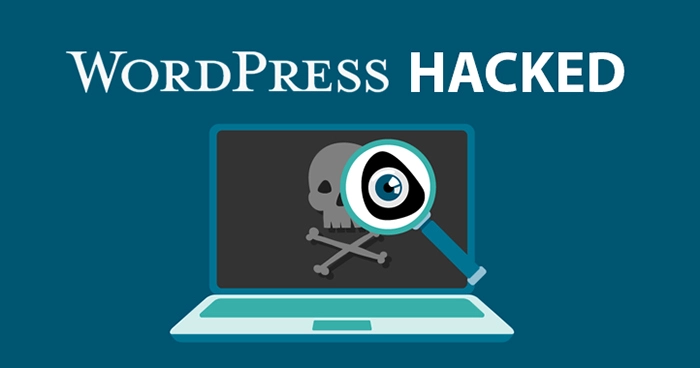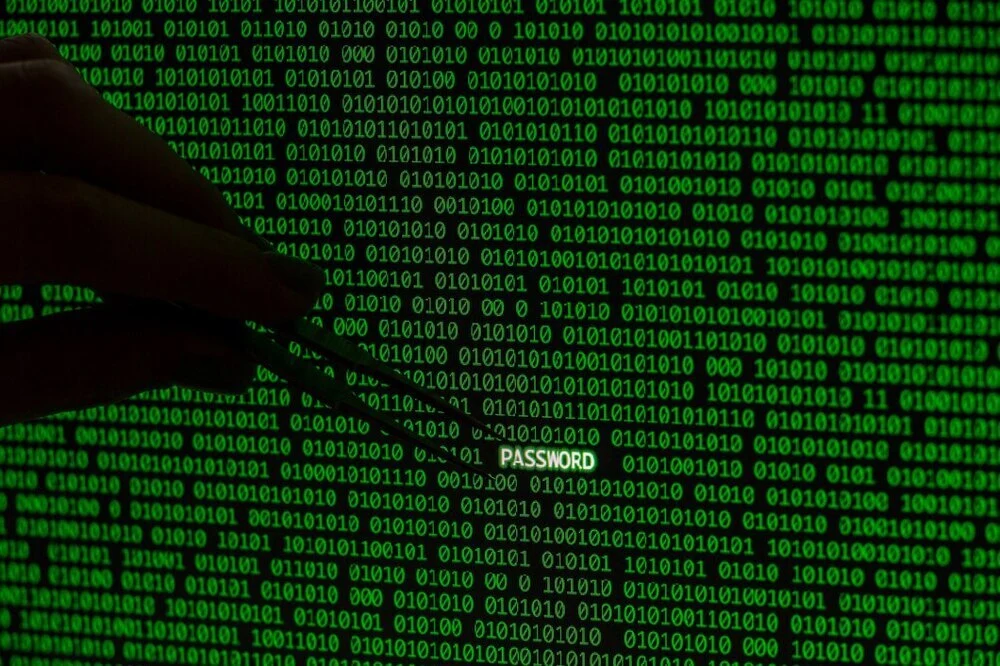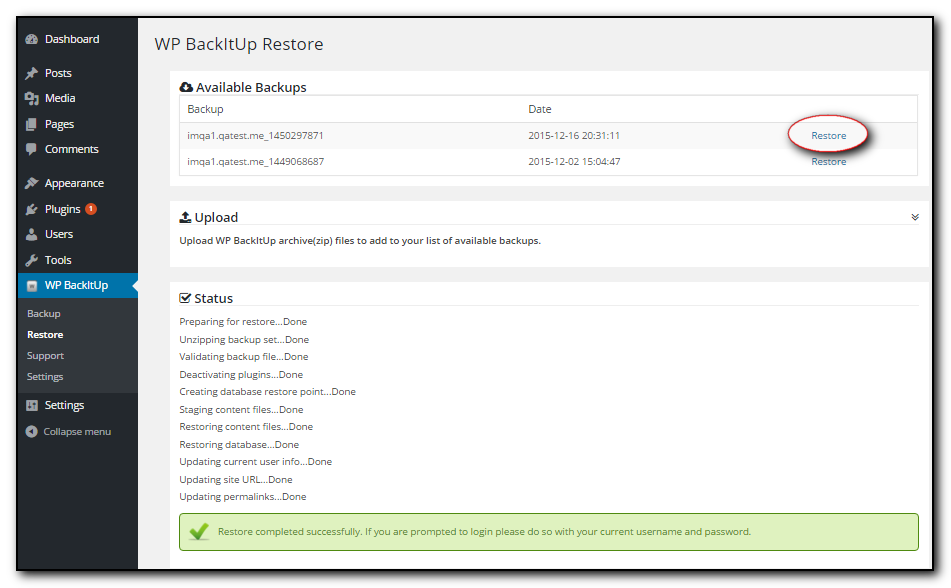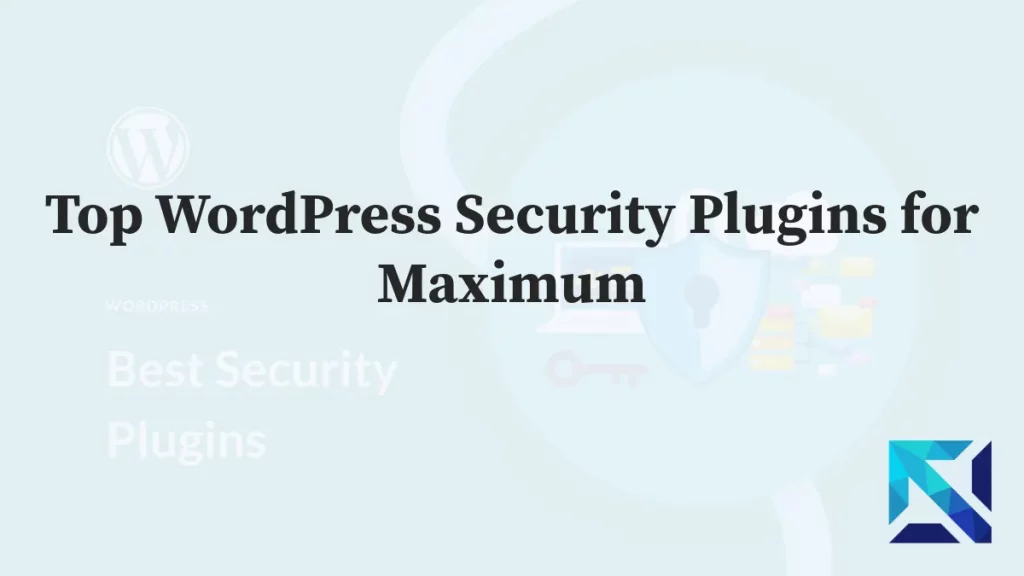Recover and Secure Your WordPress Hacked Website
In today’s digital landscape, the unfortunate reality is that WordPress websites are frequent targets for cyberattacks. As a WordPress website owner, the thought of your site being hacked can be a daunting and stressful prospect. However, with the right knowledge and approach, you can recover from a WordPress hack and strengthen your site’s security to prevent future attacks.
In this comprehensive guide, we’ll dive deep into the world of WordPress hacks – from recognizing the signs to cleaning and recovering your site, to implementing robust security measures. Whether you’re a blogger, a small business owner, or a digital marketer, this article will equip you with the tools and strategies you need to take control of your online presence and protect it from cyber threats.

Recognizing the Signs of a WordPress Hack
The first step in dealing with a WordPress website hack is to recognize the signs. Not all hacks are immediately obvious, as some cybercriminals prefer to operate stealthily, leaving few traces of their activities. However, there are common indicators that can alert you to a potential compromise.
Sudden Drop in Website Traffic
One of the clearest signs that something is amiss is a sudden and unexplained drop in your website’s traffic. This could be due to search engines detecting malicious activity on your site and blacklisting it, effectively cutting off a significant portion of your potential visitors.
Unexpected Changes to Your Website
Another telltale sign of a hack is a change in your website’s appearance or functionality. This could be anything from new pages or posts appearing without your knowledge, to altered content, broken links, or unexpected layout changes. If you notice any unexpected modifications, it’s crucial to investigate immediately.
Security Alerts from Plugins or Hosting Providers
Your website’s security plugins or your web hosting provider may also be the first to alert you to a potential compromise. These alerts can indicate suspicious activity or the presence of malware on your site. It’s important not to ignore these warnings, as they could be the first sign of trouble.
Reports from Website Visitors
Your website visitors might also be the ones to report issues. They could encounter warning messages when trying to access your site, or receive spam emails originating from your domain. Always take user reports seriously and investigate promptly.
Unauthorized Redirects
If you or your users are suddenly being redirected to unfamiliar websites, it’s a clear sign that your WordPress site has been compromised. Hackers often use redirects to divert traffic to their own malicious websites, where they can carry out further nefarious activities.
By staying vigilant and keeping an eye out for these common signs, you can act quickly to mitigate the damage and begin the process of recovering your WordPress website.
Confirming a WordPress Hacked Website
Once you’ve noticed signs of a potential hack, the next step is to confirm it. This involves a deeper investigation into your website’s files and logs, which can provide valuable clues about the nature and extent of the compromise.

Utilizing Tools and Logs to Confirm a Hack
There are several tools you can use to confirm a WordPress website hack. One of the most effective is a website scanner, which can detect malware, identify blacklisting status, and uncover website errors or out-of-date software.
In addition to website scanners, your website’s access logs can also be a goldmine of information. These logs can reveal suspicious activity, such as repeated failed login attempts or unusual IP addresses accessing your site. Regularly reviewing your access logs can help you spot anomalies that may indicate a hack.
Your website’s error logs can also provide valuable insights. These logs can show unexpected or repeated errors, which could be a sign of a successful attack. If you notice any functionality issues on your site, be sure to check the error logs for clues.
If you have a security plugin installed, its logs and alerts can be another invaluable resource in confirming a hack. These plugins are often designed to detect and report on various types of malicious activity, so their reports can be a reliable indicator of a compromise.
Finally, taking a close look at your website’s files and code can also help confirm a hack. Inspect your core WordPress files, as well as your theme and plugin files, for any unauthorized changes or additions.
Engaging with Your Hosting Provider for Confirmation
Your web hosting provider can be a crucial ally in confirming a WordPress website hack. They have access to server-level data and tools that can help detect and analyze the nature of the compromise.
Start by reaching out to your hosting provider’s support team and informing them of your suspicions. They can check server logs, scan for malware, and confirm whether your site has been compromised. Your hosting provider may even have already detected the hack and sent you an alert or taken action to protect your site.
In addition to their investigative capabilities, your hosting provider can also provide a backup of your site, which can be used to compare with your current installation and identify any changes or additions made by the hackers. This comparative analysis can be a powerful tool in confirming the hack.
Your hosting provider can also guide you through the next steps, advising you on the best course of action for cleaning and recovering your site, as well as enhancing its security to prevent future attacks. Their expertise can be invaluable in navigating the challenging process of dealing with a WordPress website hack.
Cleaning and Recovering Your Hacked WordPress Site
Once you’ve confirmed that your WordPress website has been hacked, it’s time to clean and recover it. This process involves removing malware, fixing damaged files, and restoring your site to a safe, functional state.
Step-by-Step Malware Removal and Site Cleanup
The first and most crucial step in cleaning your hacked WordPress site is to remove any malware that may have been planted by the attackers. This can be done using a malware scanner, which can detect and eliminate a wide range of malicious software.
Next, you’ll need to identify and fix any damaged or altered files on your website. This can be done by comparing your current site with a clean backup or a fresh WordPress installation. Once you’ve pinpointed the affected files, you can either manually remove the malicious code or replace the files with their clean versions.
Don’t forget to check your website’s database as well, as hackers often inject malicious code directly into the database. Use a database scanner to detect and remove any malicious content.
Another important step is to review your website’s users and permissions. Hackers may have created new user accounts or changed permissions, so it’s essential to delete any suspicious users and reset permissions to their default settings.
Your website’s themes and plugins are also common targets for hackers, so be sure to check and replace them with clean versions if necessary.
Finally, you’ll need to remove any malicious redirects that the hackers may have added to your site. These redirects are often used to divert your visitors to malicious websites, so it’s crucial to identify and eliminate them.
Restoring Your Site from a Backup
If your WordPress site has been severely compromised, you may need to resort to restoring it from a backup. This can be a time-consuming process, but it can be the quickest way to recover your site and ensure that it’s clean.
Before you begin the restoration process, make sure that your backup is clean and from a time before the hack occurred. Use a malware scanner to confirm that the backup is free of any malicious content.
Next, you’ll need to prepare your hosting environment for the restoration. This involves deleting all files and dropping all tables in the database, effectively wiping the slate clean.
Once you’ve completed the preparatory steps, you can begin the restoration process by uploading the files from your backup to your hosting account and importing the database from the backup into your new database.
After the restoration is complete, be sure to thoroughly check your site for any lingering issues or signs of the hack. Make sure that all functionality is working correctly and that there are no obvious signs of compromise.
Securing Your WordPress Site Post-Recovery
Securing your WordPress site after a hack is crucial to prevent future attacks. This involves updating your software, strengthening your passwords, and enhancing your security settings.
Updating and Strengthening Your WordPress Security
One of the most effective ways to secure your WordPress site is to keep it updated. This includes regularly updating your WordPress core, themes, and plugins. Updates often include security patches that fix vulnerabilities, so keeping your site up-to-date is a critical step in maintaining its security.
In addition to keeping your WordPress installation and related software up-to-date, consider using a WordPress security plugin. These plugins can provide a range of security features, such as blocking malicious traffic, scanning for malware, and enforcing strong passwords.
Another security measure to consider is setting up a web application firewall (WAF). A WAF can block malicious traffic before it reaches your site, protecting it against a range of attacks, including SQL injection and cross-site scripting.
Don’t forget to secure your wp-config.php file, which contains sensitive information such as your database credentials. Move this file to a non-public directory and set its permissions to a restrictive level to prevent unauthorized access.
Finally, consider using HTTPS for your WordPress site. This encrypts the data between your site and your visitors, protecting against man-in-the-middle attacks and improving your site’s SEO.
Implementing Strong Passwords and User Permissions

Passwords are a common target for hackers, so it’s crucial to use strong, unique passwords for your WordPress site. These should be long, complex, and include a mix of characters, numbers, and symbols.
Consider using a password manager to generate and store your strong passwords. This not only protects against brute-force attacks, but also guards against phishing attempts.
In addition to strong passwords, limit the number of login attempts allowed on your site. This can help protect against brute-force attacks, where hackers use automated tools to guess your passwords.
Another security measure to consider is two-factor authentication (2FA). This requires users to provide two forms of identification, significantly improving the security of your WordPress site.
Finally, manage your user permissions carefully. Only give users the permissions they need, and regularly review and update these permissions to prevent unauthorized access to your site.
Preventing Future WordPress Cyber Attacks
Preventing future cyber attacks is a crucial part of maintaining the security of your WordPress site. This involves regular monitoring, updating, and securing your site, as well as educating yourself and your users about best practices.
Regularly Scan Your Site for Malware and Vulnerabilities
Regularly scanning your WordPress site for malware and vulnerabilities is essential for preventing future attacks. You can use a security plugin or a third-party service to perform these scans, which can detect and remove any malicious content or identify potential weaknesses in your site’s security.
In addition to automated scanning, regularly monitor your site’s activity logs. This can help you detect suspicious activity, such as repeated failed login attempts or unusual IP addresses accessing your site.
Keep Your Site Updated
Keeping your WordPress site updated is one of the most important steps you can take to prevent future hacks. This includes regularly updating your WordPress core, themes, and plugins. Updates often include security patches that fix vulnerabilities, so it’s crucial to stay on top of these updates.
Secure Your Site’s Login Page and Files
Securing your site’s login page is another essential step in preventing future attacks. Use strong passwords, limit login attempts, and consider implementing two-factor authentication to make it more difficult for hackers to gain unauthorized access.
Additionally, secure your site’s files and directories by setting the correct permissions and ownership. Disable file editing within the WordPress dashboard, as this can prevent hackers from modifying your files.
Educate Yourself and Your Users
Educating yourself and your users about security best practices is an important part of preventing future WordPress cyber attacks. This includes recognizing phishing attempts, using secure connections, and regularly changing passwords.
By implementing these best practices and staying vigilant, you can significantly reduce the risk of your WordPress site being hacked again in the future.
The Role of Security Plugins and Services

Security plugins and services play a crucial role in maintaining the security of your WordPress site. These tools can provide a range of features to help protect your site, including malware scanning, firewall protection, and login security.
Security Plugins
Consider using a security plugin to enhance the security of your WordPress site. These plugins can block malicious traffic, scan for malware, and enforce strong passwords. They can also limit login attempts and change your database prefix to make it harder for hackers to guess your table names.
Web Application Firewalls (WAFs)
Another security tool to consider is a web application firewall (WAF). A WAF can block malicious traffic before it reaches your site, protecting it against a range of attacks, including SQL injection and cross-site scripting.
Third-Party Security Services
In addition to security plugins, you can also consider using a third-party security service. These services can provide advanced features, such as intrusion detection and prevention, as well as regular security reports and audits.
Content Delivery Networks (CDNs)
Finally, consider using a content delivery network (CDN) to improve your site’s performance and security. A CDN can protect against DDoS attacks and block malicious traffic, enhancing the overall security of your WordPress site.
By leveraging these security tools and services, you can significantly improve the protection of your WordPress site and reduce the risk of future cyber attacks.
Legal and SEO Considerations After a WordPress Hack
After a WordPress hack, there are legal and SEO considerations that you’ll need to address. These include handling Google blacklisting issues and navigating any legal implications, as well as communicating with your audience about the breach.
Handling SEO and Google Blacklisting Issues
If your site is hacked, it may be blacklisted by Google, which can severely impact your SEO and your site’s reputation. To address this, you’ll need to clean your site of any malware and then submit it for review through Google Search Console.
Monitor your site’s SEO closely and be on the lookout for any sudden drops in traffic or rankings. If you notice any issues, investigate them immediately and take the necessary steps to resolve them.
Navigating Legal Implications and Communicating with Your Audience
A WordPress hack can also have legal implications, depending on the nature of the breach and your location. If user data is compromised, you may need to notify the affected users and report the breach to your local data protection authority.
Regardless of the legal requirements, it’s important to communicate openly and transparently with your audience about the breach. Explain what happened, what you’re doing to fix it, and how you’re preventing future breaches. This can help rebuild trust with your audience and mitigate the damage to your brand’s reputation.
Conclusion and Additional Resources
In conclusion, dealing with a WordPress website hack can be a daunting and stressful experience, but with the right knowledge and approach, you can recover and secure your site. Remember, prevention is always better than cure, so stay proactive in your site’s security.
To stay informed about the latest WordPress security trends and best practices, be sure to follow reputable WordPress security blogs and forums, and subscribe to newsletters from WordPress security experts. This will help you stay ahead of the curve and protect your site from future attacks.
If you need professional help, there are many WordPress security services available that can assist you with cleaning your site, securing it, and even monitoring it for future threats. Always choose a service with a good reputation and positive reviews.
By following the steps outlined in this comprehensive guide, you can take control of your WordPress site’s security and protect your online presence from the ever-evolving threats of the digital landscape.
What are the 2 possible signs that you have been hacked?
1. Unfamiliar activity: Unexpected changes like new posts, login attempts, or software installations.
2. Website issues: Slow performance, error messages, or content you didn't create.
Should I worry if I get hacked?
Yes, a hack is serious, but don't panic. Follow steps to recover and secure your site.
What is the first thing you do when you get hacked?
The first thing to do when you suspect a hack is to change your passwords - especially your WordPress login and any other accounts that might share those credentials. This helps prevent further access by the hacker.
What gets hacked the most?
Hackers target a variety of systems, but here are some of the most common:
Computers and Mobile Devices: These are vulnerable to malware, phishing attacks, and unauthorized access.
Networks: Hackers can exploit weaknesses in network security to steal data or disrupt operations.
Websites and Servers: These can be compromised to inject malicious code, steal data, or launch attacks on other systems.
Social Media Accounts: Hackers can take over social media accounts to spread misinformation, spam followers, or damage reputations.
Unsecured Internet of Things (IoT) Devices: These devices, like smart TVs or cameras, can have weak security and be used as entry points for attackers.
What happens if my website gets hacked?
If your website gets hacked, here are some potential consequences:
Data Breach: Hackers might steal user data like passwords, credit card info, or contact details.
Website Defacement: Hackers could change your website's content or appearance, displaying their own message.
Malware Injection: They might inject malicious code that redirects visitors to scam sites or infects their devices.
SEO Damage: Search engines might penalize hacked sites, hurting your website's ranking.
Reputation Loss: A hack can damage your brand image and cause you to lose customer trust.




